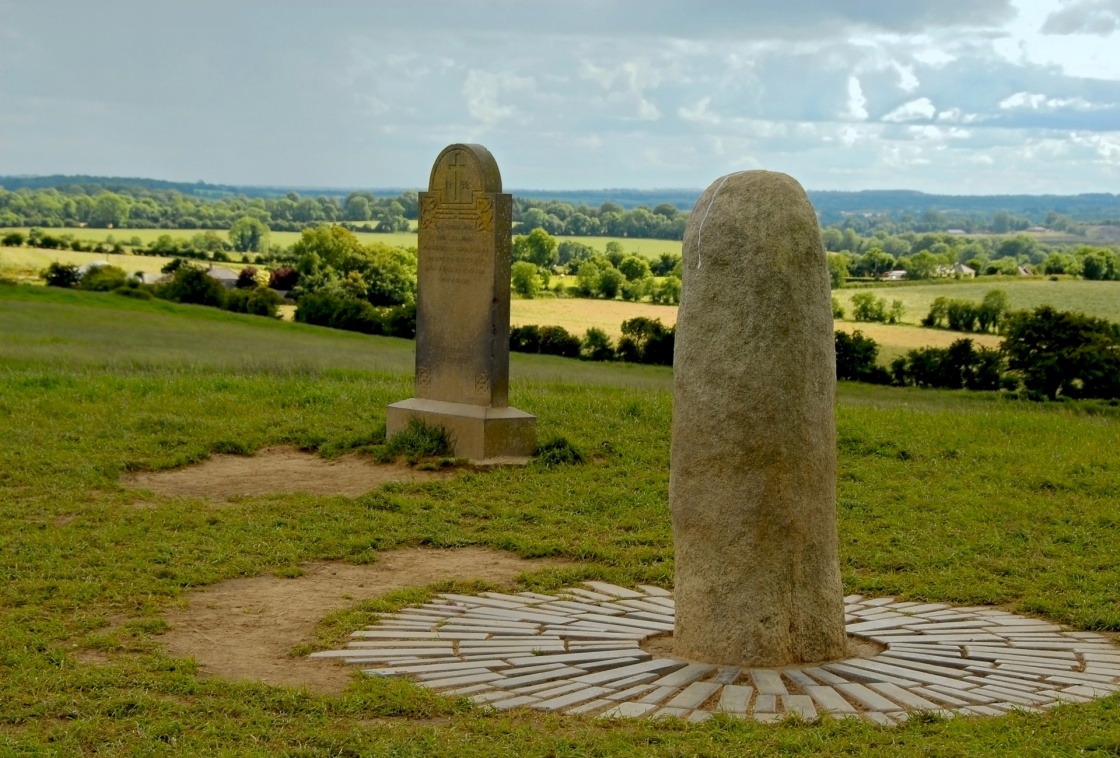Ancient Ireland conjures up lots of different images for people. Mystical in some respects, but in truth this is a country that is rich in history and culture. Ireland’s history stretches back for centuries to before the Roman Empire’s occupation of Northern Europe. Isolated and the most westerly outpost of Europe Ireland’s history is marked by divided warring clans and tribes.
The earliest settlers around 6500 BC were hunters, and fishermen, settlements were constructed along the river valleys in the northern part of the country. The early settlements were difficult and harsh environmental conditions made day to day living a challenge. As the civilization grew in around 3500 BC into an agricultural society the level of sophistication and culture began to take shape.
Much of the ancient Ireland society placed an important value on funeral rights and passage of the spirit to the next life. Monuments to the importance of this passage still stand today. Easily recognized by two huge stones with a capping stone on top. In the valley of the kings huge tombs have been constructed with amazing levels of skill, rivaling that of the Pyramids in Egypt.
For the most part the a good amount of the history of Ireland was spent between tribal kingdoms battling against each other for control of different regions of the county. The Roman Empire never controlled the area however. It’s said that a Roman foot never step on the land of Ireland although that has been debated.
By 400 AD the island had been assimilated by the Celts. In early 5th century St Patrick arrived and slowly started converting the tribal kingdoms to Christianity. Following the arrival and death of St Patrick the country is invaded by Vikings from the North. Eventually the Vikings are defeated only to be replaced by the armies of England.




 'The Stone of Destiny at the Hill of Tara' Pyma / Shutterstock
'The Stone of Destiny at the Hill of Tara' Pyma / Shutterstock